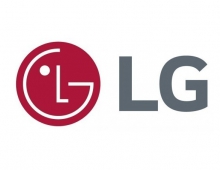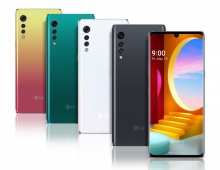
LG Electronics to Bring Bendable Screens To Future Smartphones
LG Electronics plans to release a bendable smart phone next year, which users will be able to conveniently control its curvature. The bendable smart phone will be flat as of ordinary smart phones, but could also be bent freely when necessary, providing a differentiated user experience.
According to LG's product roadmaps published online by Geeky–Gadget website, several devices are currently on schedule, including a bendable smartphone for next year as well as a rolling type smartphone, which is folded or rolled like a piece of paper, in 2017.
LG electronics’ bendable smartphone is expected to be applied with a plastic organic light-emitting diode (OLED) panel, according to sources. Plastic OLED is made with a plastic substrate instead of glass, and thus is thinner and more easily bended.
LG denied the report, saying that they are not yet reviewing a bendable smart phone release.
In November last year, LG Electronics released the G Flex, a vertically bending curved smartphone.
LG Electronics has already secured a technology for curvature regulated panel application got TVs only TVs. The company has also registered with the USPTO a device was made using shape memory alloy, allowing its curvature to be changed freely according to electrical signals.
But technology for other parts like batteries, circuit boards and touch-screen layers need to advance further to keep pace with radical screen designs.
Samsung Electronics also aims to restore its crumbling lead in the global smartphone industry by ramping up high-end devices with curved screens.
The $1,000 Galaxy Note Edge smartphone has a non-flat format, with its curved edge designed to be more than just a gimmick, offering shortcuts to apps, as well as customization to display message notifications or stream headlines independent of the main screen.
Subsidiary Samsung Display and its rival LG Display Co Ltd are so far the only firms that can mass-produce the flexible displays needed to make curved smartphones, having invested more in developing the organic light-emitting diode technology used to manufacture them.





















